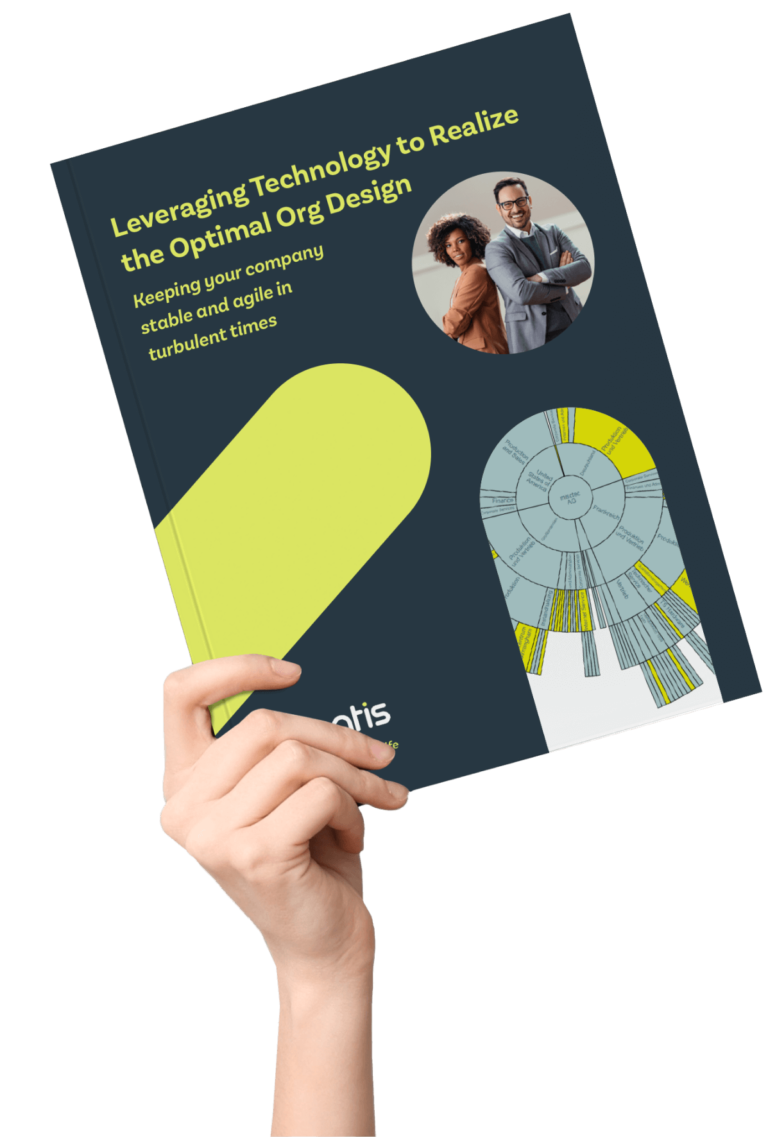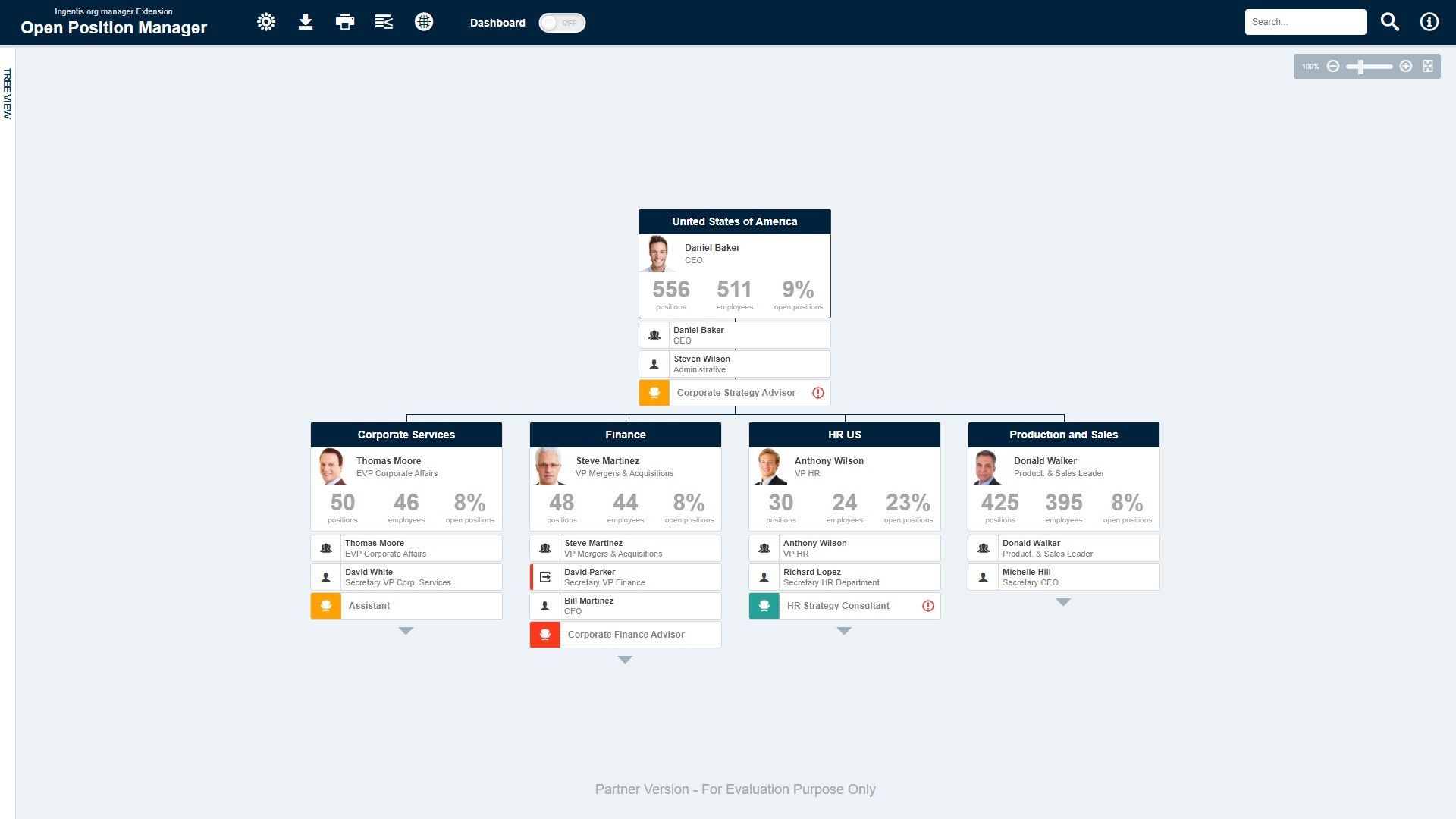Organization design is a fundamental part of what makes an organization successful, and a strategic business activity that I find exciting and interesting. As a freelance organizational effectiveness consultant, my work with client organizations tends to be principles-led, evidence-based and outcomes-driven. I enjoy working with organizations that are consciously driven by their principles, for example, an organization that seeks to put ethics at the forefront of their decision-making, or perhaps deliver a service based on a set of values, or high-performance, or seeks to transform itself into an efficient and effective operation.
There is a sense of purpose and meaning in a principles-led organization which I find incredibly appealing. This type of organization can bring out the best in their people by articulating a clear mission, strategy, and objective. I also find such organizations bring out the best ‘consultant’ in me, ‘principles-led, evidence-based, and outcomes-driven’ in my approach. For me there is a clear correlation of strong performance between organizational purpose and individual performance. Whilst I use my professional expertise to advise my clients, I also give equal weight to accurate and reliable data inform organizational decision-making, and to delivering outcomes for my client.












